Editors note:
My friend returned from an exhaustive long 3-week tour in the opposite hemisphere. He was dog-tired when I asked him for his experience. I was pleasantly surprised to receive his write-up in a short period. Hats off to Amitabha Chatterjee and his wife Koely, who took the long journey. The following unedited write-up from the writer will help our readers in their future planning for this side-of-the-world tour.
********************************************************************************************

Koely and I returned from a 21-day tour of Australia and New Zealand last March. It was exhaustive, especially at our age, but exhilarating.
We signed up after getting a call from our friends Bob and Susan who tours around the world regularly. We booked the tour through a travel agency, Odysseys Unlimited. We used this agency before and were pretty happy with their service.
Our journey started on March 9, 2024. We flew from Newark to Dallas and then took a direct flight (16 hours) to Sydney, Australia. Our tour started at Cairns, the gateway to Australia’s Far North and the Great Barrier Reef.
The next morning we drove to Mossman Gorge and met with the local aboriginal people who live in the rainforest and were introduced to their culture and life experience. Our aboriginal guide was excellent and explained the aboriginal life in the rainforest. They are very sensitive to outside people and we were warned not to take any pictures of the Aboriginal people without their permission. Then we took the sky rail over the rainforest. The authority took extra precautions not to disturb the rainforest during the construction of the Skyrail.
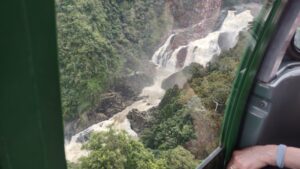
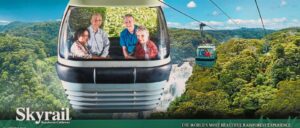
We boarded a boat for a day-long trip to the Great Barrier Reef, a Unesco world heritage site. It contains the world’s largest collection of coral reefs. It stretches for over 2300 kilometers. We sailed to Michaelmas Cay where many went for swimming and snorkeling. We took a semi-submersible boat to watch the coral reef and many fish species.
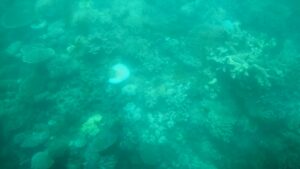
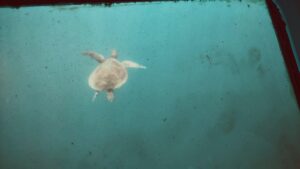
Ayers Rock (ULURU)
The rock rises abruptly from a flat low-lying plain to a height of 1114 feet. An awesome sight.
Yet, the geologists estimate that two-thirds of the rock lies beneath the surface. At different times of the day, the color of the rock shifts constantly, from pink to blood red to mauve. We went to take pictures of the color change during the sunset and sunrise. The rock also holds a sacred place in the culture of the local Aboriginals. It is also a UNESCO World Heritage site.
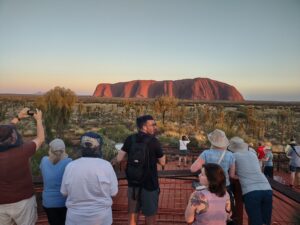
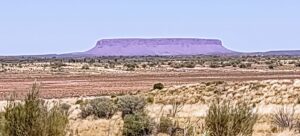
Sydney
We flew from Ayers Rock to Sydney for a two-night stay there. Sydney is the most populous city in Australia.
Our tour started with a visit to Featherdale Wildlife Park. The park boasts a collection of over 1700 Australian animals including Koalas, Kangaroos, Dingoes,
Wallabies, a huge saltwater crocodile, and a variety of native birds. We were allowed to touch and take photographs of many animals including the Koalas. Then we boarded
a catamaran for a sail around the Sydney harbor. It went under the famous Sydney Harbour Bridge and sailed past the Sydney Opera House. We could see many people climbing the harbour bridge but time did not permit us to do the climbing. After returning to the harbour we boarded a coach and took a panoramic city tour which included the
Rocks, one of Sydney’s oldest neighborhoods, the Darling Harbour, the city’s commercial center, and the famous Bondi Beach. We toured the Sydney Opera House, the country’s premier performing arts center the following morning. Designed by the Danish architect Jorn Utzon, its unique design represents a breakthrough in modern architecture. We regret not having time to see a show at the opera house.
Christchurch and Mount Cook National Park, New Zealand
We flew to Christchurch in New Zealand from Sydney. Christchurch is the largest city in New Zealand’s south island. A devastating earthquake in 2011 caused widespread damage throughout the city. We toured some damaged areas and the rebuilding effort taken up by the city by instituting a stricter earthquake code. They estimate that it will take another 10/12 years to complete the rebuilding work.
Then we headed to Mount Cook National Park. We stopped at a sheep farm on our way to the park watched a sheep shearing demonstration and learned about the process of handling and classing wool. We reached Mount Cook in the evening. The park is a UNESCO World Heritage site; glaciers cover 40% of its area. We took a helicopter the next day to go to the glacier. We also toured the Sir Edmund Hillary Alpine Center in Mount Cook. Sir Hillary, who along with Tenzing Norgay, reached the summit of Mount Everest in 1953, is a native of Mount Cook. He used to train in these mountains.
Queenstown
Our next stop was Queenstown. It is known as the adventure capital of the world. The world’s first and most famous bungy jumps -the Kawarau Bridge bungy jumps are the main attraction here. The town is also famous for skydiving, jet boating, hot air ballooning, and white water rafting. These attractions are, of course, mainly for the young people. But we were awed by its scenic beauty. The town is nestled between snow-capped mountains and Lake Wakatipu. We took the Skyline Gondola to the top of the mountain and the views were spectacular. The next day we left on a full-day excursion through stunning alpine scenery to Fiordland National Park and Milford Sound. Rudyard Kipling described the sound as the “eighth wonder of the world.” Formed by the glaciers that receded long ago, Milford Sound boasts vertical cliffs that rise thousands of feet from the sea. The sound measures 10 miles long and 1 1/2 miles wide at the broadest point. We took a 2 1/2 hours cruise to enjoy this spectacle of nature.
Rotorua
We flew to Rotorua from Queenstown. It is a town in New Zealand’s North Island. It is renowned for its geothermal activities and Maori culture. Maoris are different from aboriginal people in Australia. Maoris arrived in New Zealand from Polynesia around 1350 and settled here. They have their own culture and the Government is trying to preserve it.
We visited the National Kiwi Trust, New Zealand’s largest Kiwi hatchery where we watched how the eggs are hatched. Kiwi is the national bird of New Zealand and the Government is making every effort to preserve these species. The Kiwis are nocturnal birds and therefore are not seen during the day.
We then visited Te Puia Thermal Reserve and the Maori Cultural Center. The thermal reserve reminded us of the hot springs in Yellowstone National Park but the size is smaller than Yellowstone.
At the cultural center, we were welcomed in the traditional Maori way. The Maori chief came and offered small tree branches to the guests as a gesture of friendship. When the leader of our group accepted the branches, they welcomed us to their tent. Then they entertained us with songs and dance.
Auckland
On our way to Auckland from Rotorua, we stopped at Ruakuri caves where we saw elaborate limestone formations, hidden waterfalls, underground rivers, and unique glow worms that illuminate the caves. The cave is approximately one mile long.
Auckland is the largest city in New Zealand with a population of approximately 1.5 million. We visited the Auckland Museum, the Harbour, the Harbour bridge, and the downtown area. The 1076-foot-high sky tower in the center of the city commands everyone’s attention. The view from the top is awesome, you can see the whole city.
In the evening we had our farewell dinner. A few people in our group decided to stay a few more days and explore the surrounding areas. Many were interested in wineries. But Koely and I had enough and wanted to go back home.
We noticed that people in Australia and New Zealand are environmentally conscious. Plastic bottles are hardly used and we were given metal water bottles to carry. They will fill up the bottle when finished.
In both countries, Comfort Stations (Rest Rooms) on the highways are built by the Government. The bus used to stop at a rest stop approximately every two hours. They were clean, well-maintained and free.


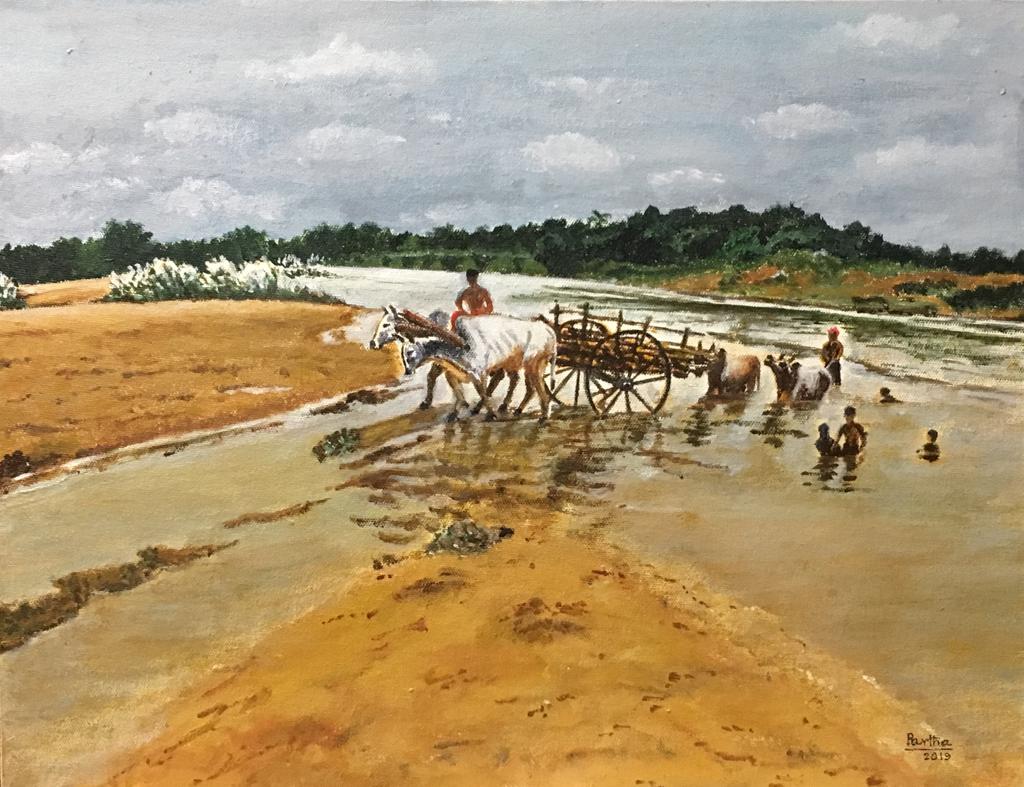

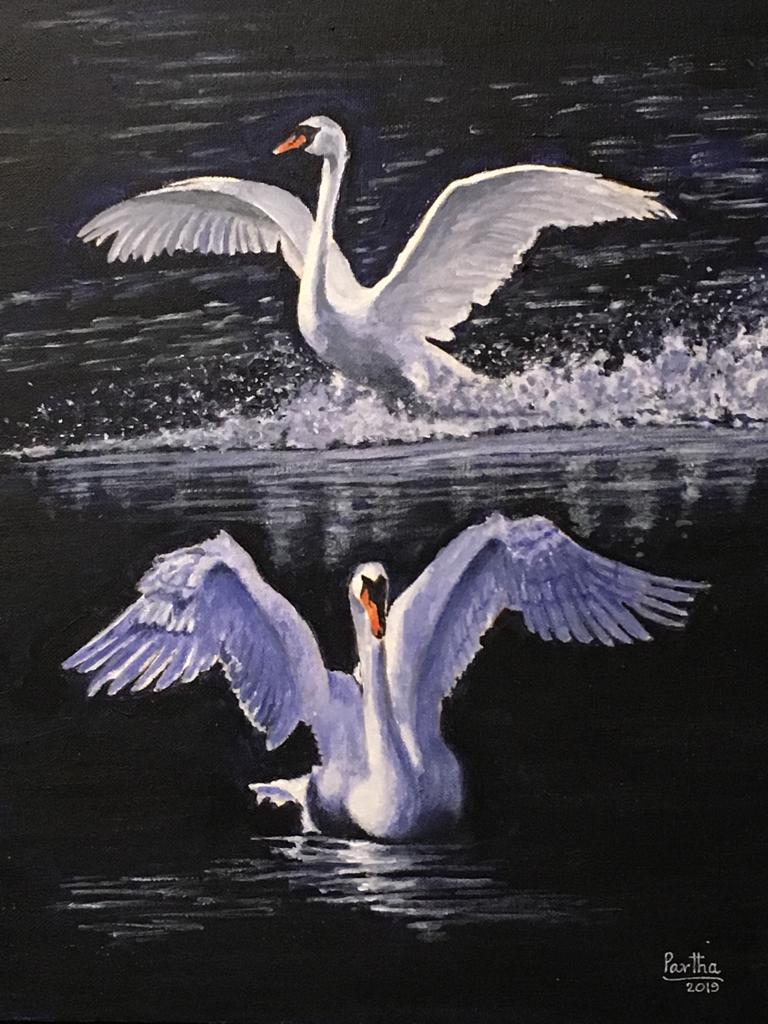
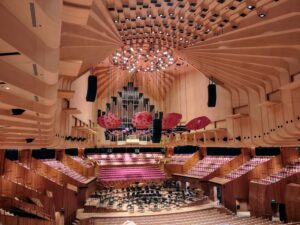
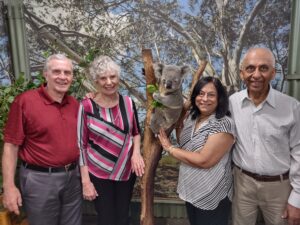

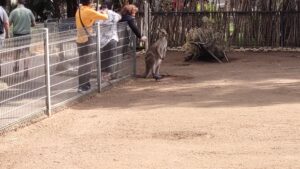
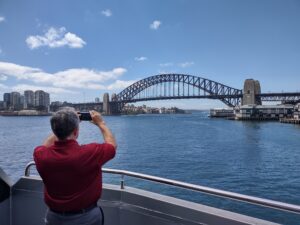
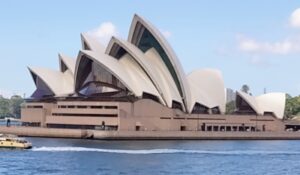
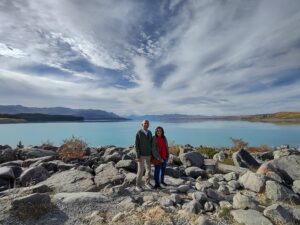
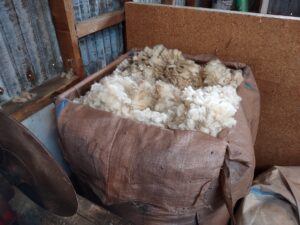
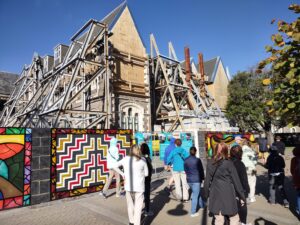
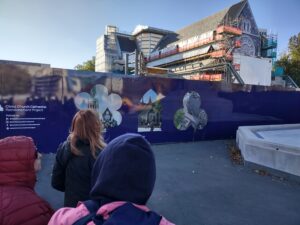

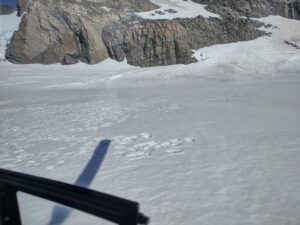
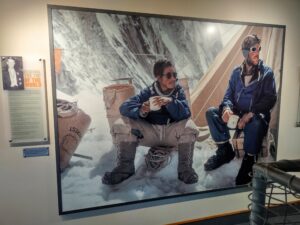
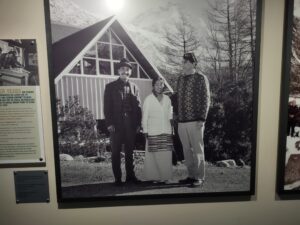
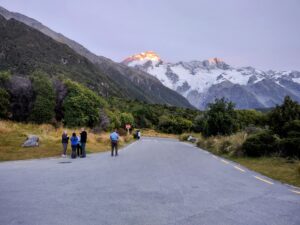
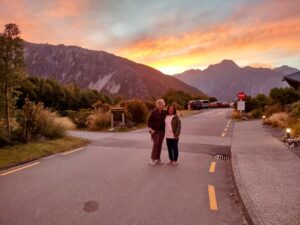
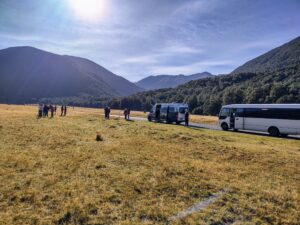
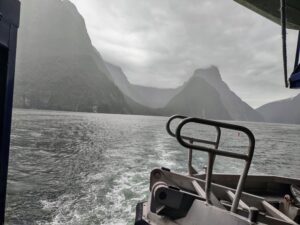
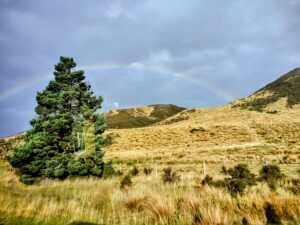
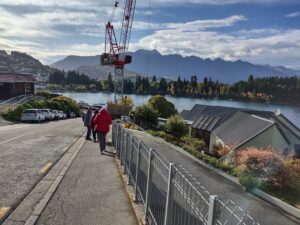

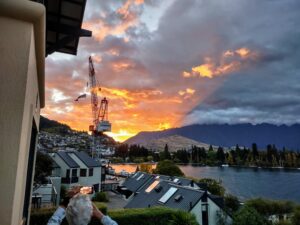
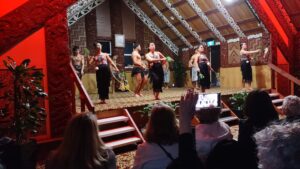
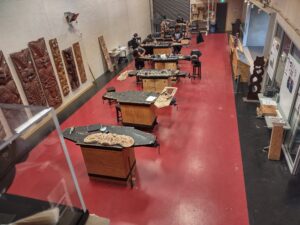
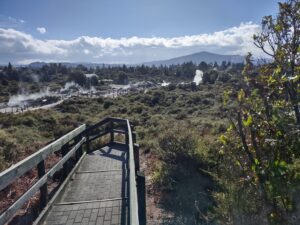

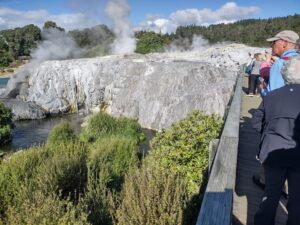
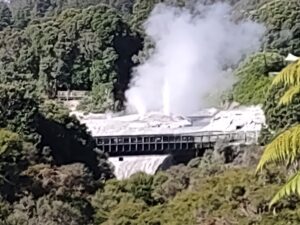

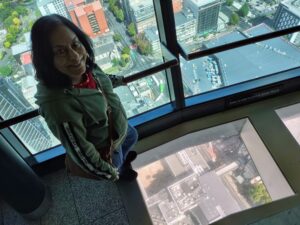
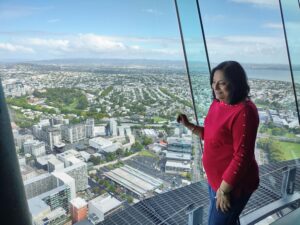
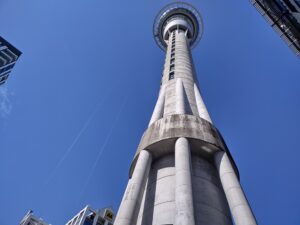
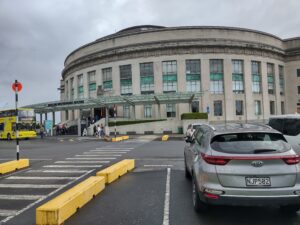
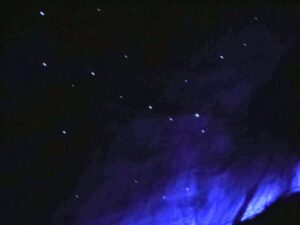
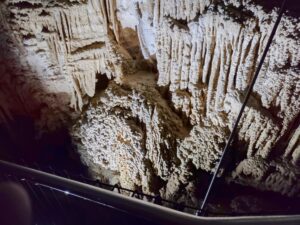

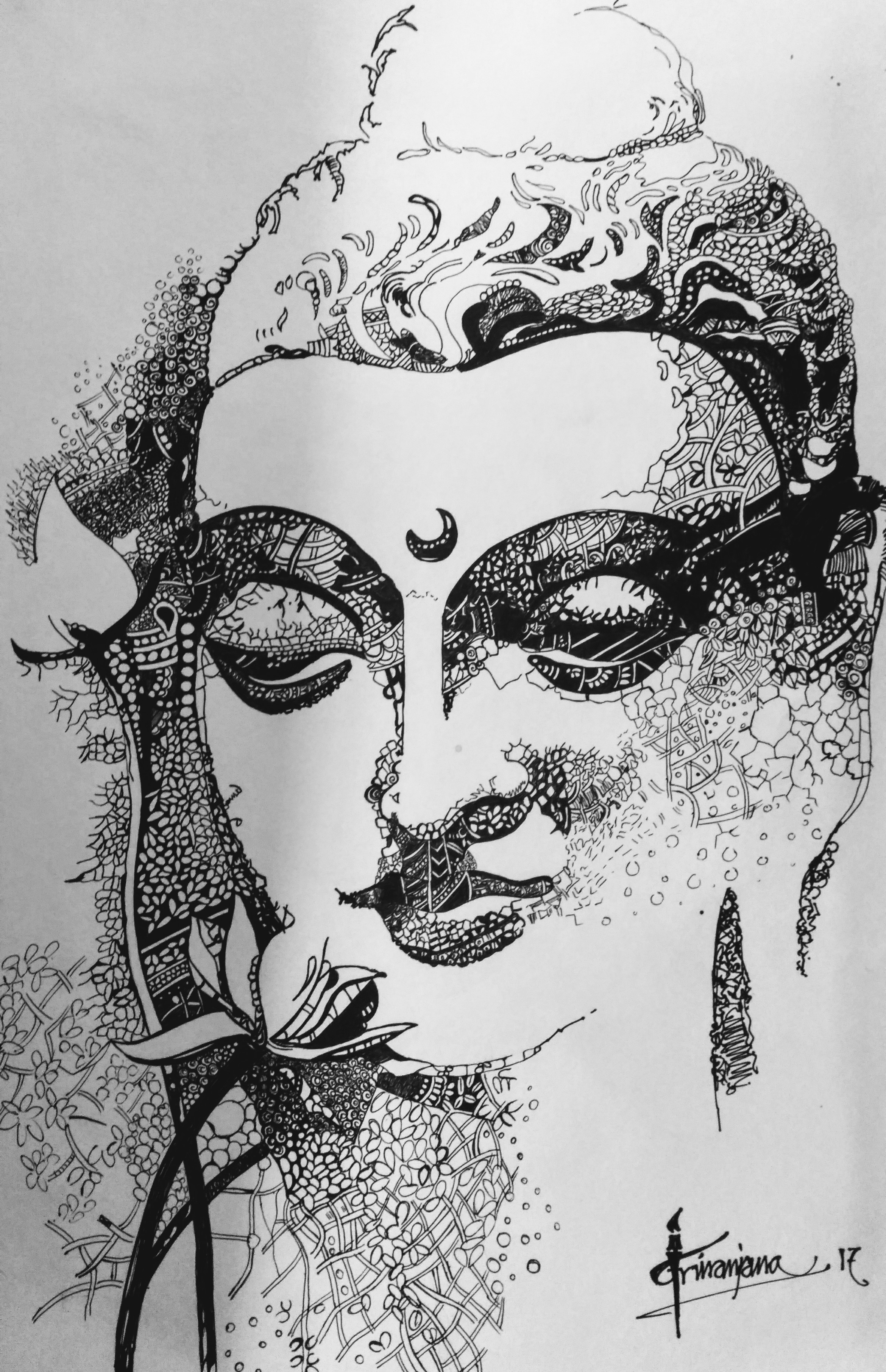


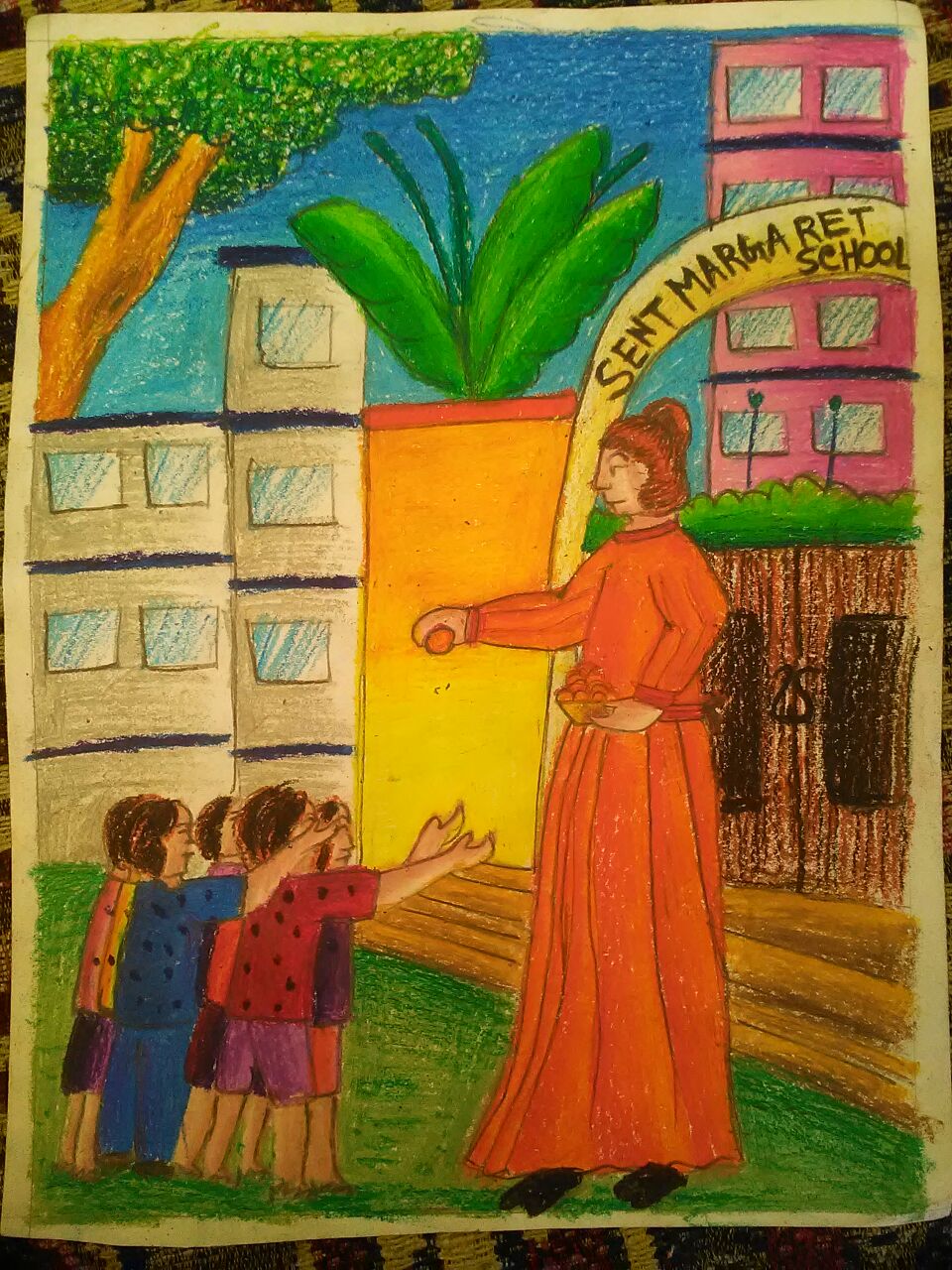

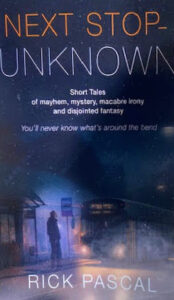

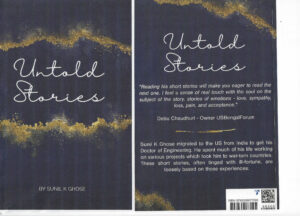
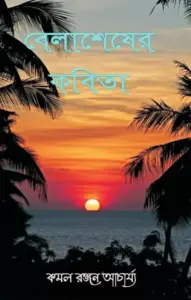
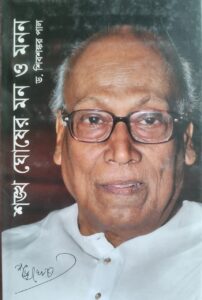
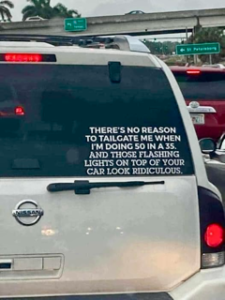
Excellent.
Comment by dchaudhuri — May 22, 2024 @ 9:43 pm
Amitabhada: I really enjoyed your write-up. You covered a lot of ground. Yet, it was concise and comprehensive. Australia and New Zealand are interesting places to visit, from what I gather. They have low population densities, and different (strange) flora and fauna. And for those of us growing upin India, we all had an interest in Australia, thanks to our common interesr in cricket. Finally, I would suggest, if I may, that you post it in Facebook. That way you can display the large number of wonderful photos you have clicked, for better appreciation. Also, you can add descriptionsand commentariest o your photos. Finally, twomore things. First, did you come across anything related to cricket in Australia or New Zealand. And I would like to see a few more pictures of the Great Barrier Reef. I am really interested.
Comment by Partha Sircar — May 24, 2024 @ 11:53 pm
Babulal’da,
Greatly enjoyed your narrative of the whole tour and the beautiful photos. A 3 week tour, that too those extra-long flights at both ends – it must have been exhaustive. But it appears that you two enjoyed it. It really excites me to seriously consider a similar trip. Though, it’s really surprising that there is no “Cricket” in the tour of Australia & New Zealand.
Comment by Chandi Sanyal — May 25, 2024 @ 9:56 am
A well crafted short write up with pictures. I enjoyed it.
We took almost similar itinerary about 30 years back and refreshed my memory. It was 110 F at Ayers Rock, when we visited the place.
Comment by Arun Deb — May 25, 2024 @ 3:26 pm
Message Indeed a very descriptive, detailed and interesting write up. Thanks for sharing.
Comment by Shyamaprosad Mukerjee — July 2, 2024 @ 6:09 pm